Emergency Water Storage
I’ve talked about emergency water storage many times, but it needs to be shared repeatedly as a reminder to do it. A long-time friend texted my husband and asked him to ask me, “Ask Linda if 24 cases of Blue Can water is enough?”
I laughed because I knew he was teasing me. After all, I wrote a post about Blue Can Water, and his wife ordered a bunch. Why? Because it’s the best water ever! Let’s be clear: I recommend several types of emergency water storage. There are so many ways to store water for the long term.
We all have different budgets and space needed for emergency water storage. I’m going to share some ideas today that hopefully work for you. Keep in mind you don’t have to buy ALL of it today. I have slowly collected the water I need for my family of two for many years.
I add a new container or storage source every year. You may remember, I don’t use bleach in my BPA-free water storage containers. You can use bleach if desired, but you need to rotate the water every six months. The formula for bleach is 1/8 teaspoon per one gallon or 1/2 teaspoon per 5-gallon container.
I prefer NOT to rotate my water every six months, so I did the research and highly recommend Water Preserver Concentrate. I quote from Amazon:
- Use tap water to store emergency drinking water for 5 years. To be used with a 55-gallon water storage barrel.
- Water Preserver is the first and only product recognized and proven effective for 5-year water storage, registered and licensed by federal and state EPA.
- Water Preserver was scientifically tested for 10 years to ensure its potency for 5-year storage.
- Guaranteed 100% effective.
- Water Preserver is a proprietary formula of stabilized, ph-balanced sodium hypochlorite with highly effective residual action that kills bacteria, viruses, mold, and fungus. Accept no substitutes. End of quote.
Water Preserver Amounts
If I use Water Preserver Concentrate I only have to rotate my water every five years. Here is the formula/ratio for this product:
- One whole bottle (0.73 ounces) for a 50-55-gallon container
- WaterBricks 1.6-gallon containers-1/4 teaspoon
- WaterBricks 3.5-gallon containers-1/2 teaspoon
- One-gallon containers-8 drops
- Five-gallon containers-40 drops
- 160-gallon container-3 bottles
- 250-gallon container-4.5 to 5 bottles
You can check the bottle of Water Preserver Concentrate for ratios to be used with larger high-capacity emergency water storage containers.
Please remember, you must store ALL your water containers at least two inches ( with 2 by 4’s) off the concrete so the chemicals from the concrete/cement do not leach into the plastic containers. I highly recommend a LEAD-FREE hose to fill your containers outside. This is the one I use and share with my neighbors: Lead-Free Hose
Emergency Water Storage Containers
We all need water to stay alive, please do not be one of those families standing in line at a grocery store when the aisles are empty after a disaster. I highly suggest 4 gallons per person per day. I get thirsty just thinking about The American Red Cross recommending one gallon per person per day.
Yes, that is better than nothing. Just giving you the heads up, the government may not be able to get water for anyone after a major emergency for days, weeks, or months, please keep that in mind. Please, okay I am begging you, please be prepared to hydrate YOUR family ASAP for any disaster when it happens, and it will.
1. 55-gallon barrel containers:
Pros: fairly inexpensive, you can buy them at Walmart.
Cons: hard to pump the water out. Please remember to purchase a pump and bung to tighten the opening on top. You may need a UV bag/cover to protect the barrels from the sun.
2. 24-Bottle Cases
Pros: fairly cheap
Cons: short shelf life. I quote Dasani ” DASANI will hold its crisp, fresh taste for up to 12 months. After that, it’s best to recycle the old one and start with a fresh, new bottle.” End of quote.
You could still use this water for laundry, or personal hygiene well after the expiration dates. My issue would be if the plastic containers become brittle from the heat and start to crack, then leak.
3. 30-Year Drinking Water
Pros: the water containers shown above in the white cans with blue lettering last 30 years.
Cons: the water tastes like a can, expensive.
4. Envelopes/Pouches of Water
Pros: they fit in a backpack or the car and have, 5-year shelf-life
Cons: not enough water for me, minimal.
5. WaterBricks for Emergency Water Storage
Pros: they are available in two sizes, 1.6-gallons and 3.5-gallons, and they are stackable.
Cons: I hate to say they are expensive because nowadays everything is expensive. I have 16 of the 3.5-gallon WaterBricks stored beneath my guest queen-size bed. This equals 56 gallons under that bed.
They are stackable and you can even store them behind a couch in the living room. There is always a way to store water in a small home, apartment or mobile home. My motto has always been to buy right the first time.
6. Bathtub Bags
Pros: cheap and they hold up to about 100 gallons.
Cons: you better hope the water lines are still safe to drink when you fill those water bags. I am not a fan of them for this reason. But water is water, you decide. I worry our water may be contaminated so I have opted not to recommend these.
7. Blue Can Water for Emergency Water Storage
I quote: “Two-Day Supply Cases, each case of Blue Can Water contains 24 cans, which is 288 oz or 2.25 gallons per case. The box is made from double-thick cardboard, making it perfect for storage. The water and packaging comply with standards for purified drinking water with a 50-year shelf life. All cans are also made of corrosion-resistant aluminum and are hermetically sealed.
• Standard Case Pack: 24 12 oz (354.88 ml) Units
• Gallons/Case: 2.25 Gallons (8.51 Liters)
• Case Dimensions: 16″L x 10.6″W x 5.5″H
• Case Weight: 20.4 lbs. (8.98 kg)
• Storage Temperature: 33 to 150 degrees F (1 to 60 degrees C) ” End of quote.
Pros: they are expensive, but so is a soda drink from a convenience store. Save your money and invest in good water that lasts 50 years with the safest water containers ever. They can be stored up to 150 degrees!!! Great for our car emergency bags.
Final Word
Please remember to have a way to purify water in case you have to hike to get some from a lake or stream near your location or home. Big Berkey’s are great with the black ceramic filters, and Berkey Sport Bottles and LifeStraws are awesome! Please be prepared for the unexpected. May God bless this world, Linda

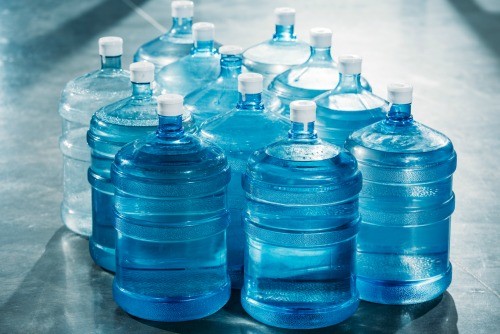

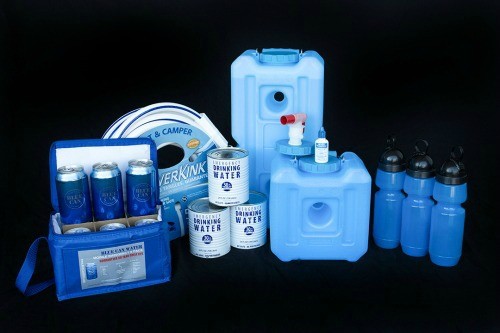
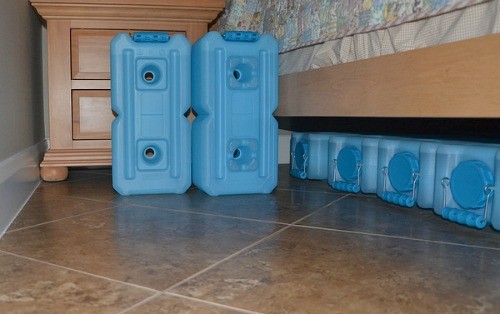
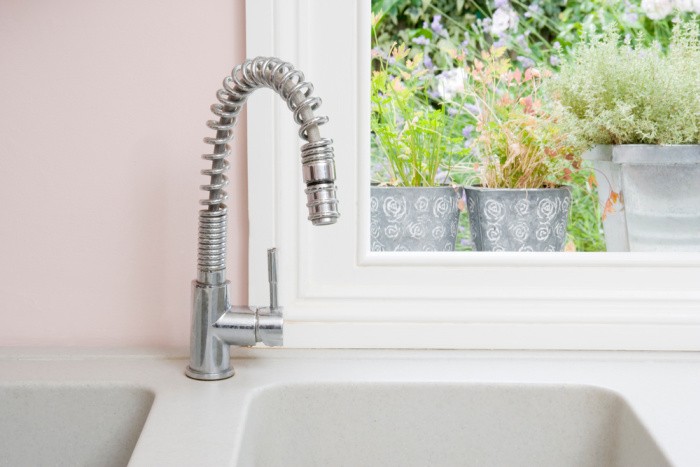
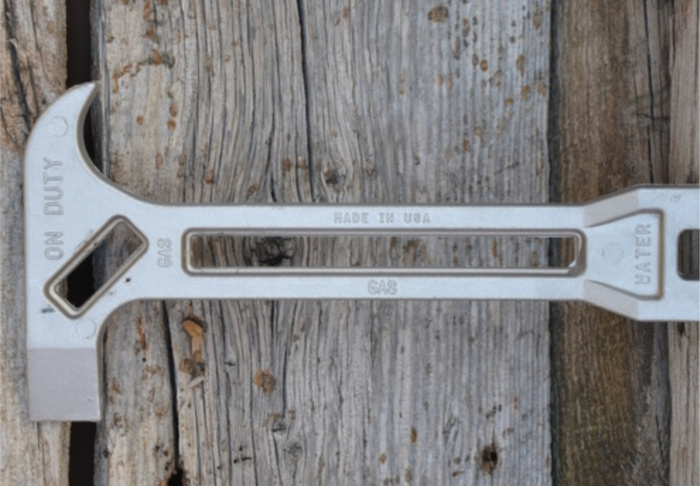
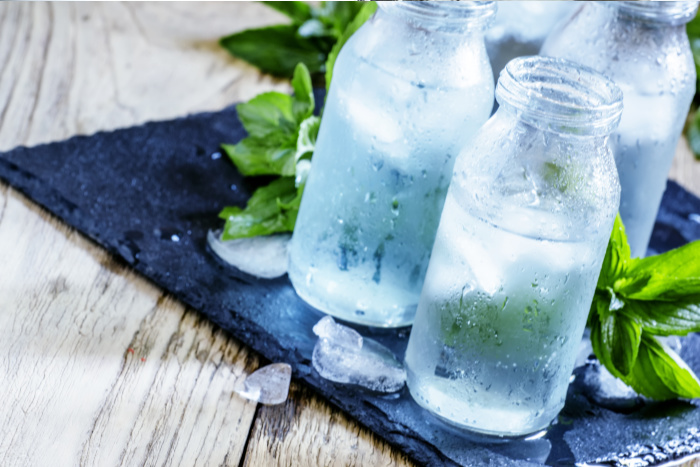
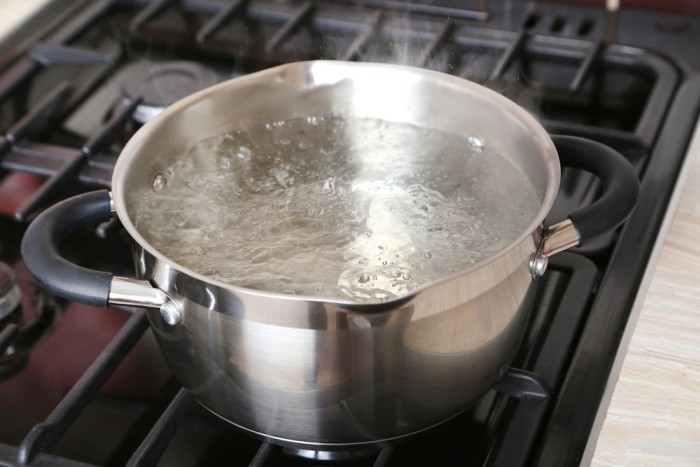
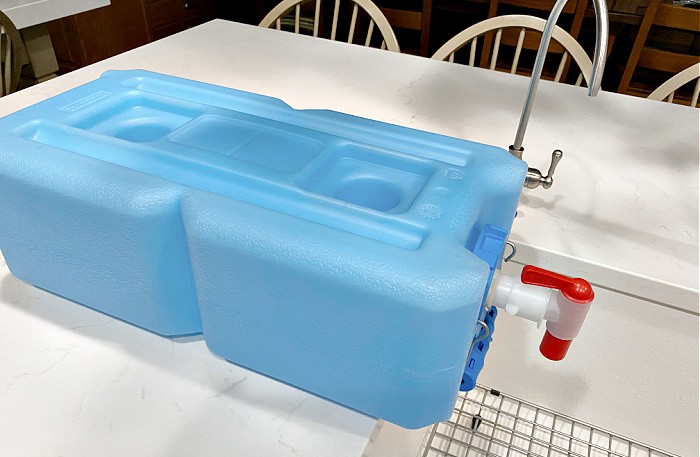
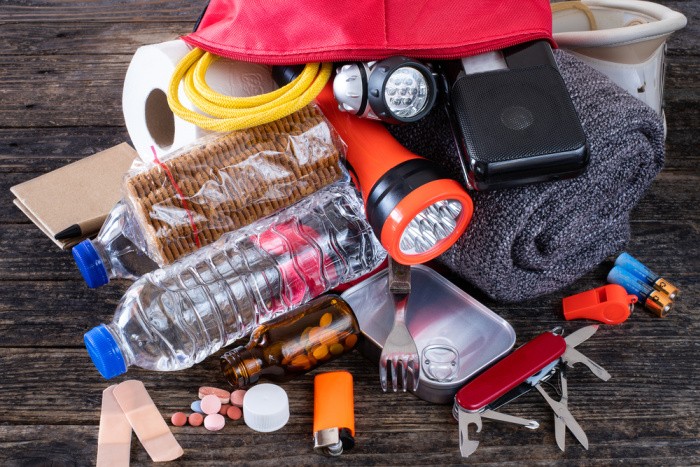
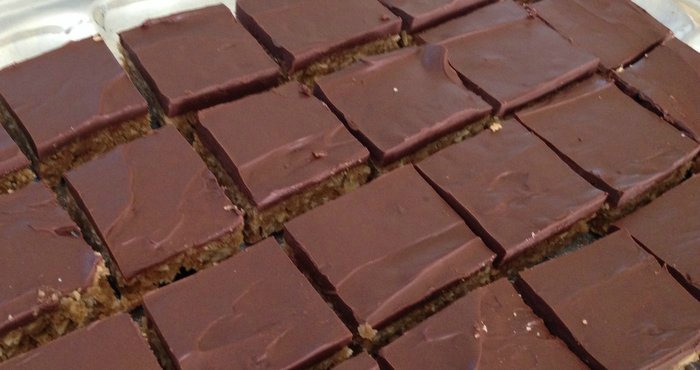













Water is next in importance after air. We have water stored in 5 gallons, and 3 gallons. We have a well with a hand pump to refill, plus we have plenty of ways to filter the water. Hopefully that will see us through, if the power goes out.
Oh, Janet, that is awesome you have a well and a hand pump. You are so right on the water is next in importance to air. Love it, right on! Linda
My water is primarily in one gallon containers. Does the water preserver say how much to use for one gallon containers?
Hi Kathie, thanks for asking me that question, I’m going to post it in my article. I have a container and instructions I keep for this very reason. The paper states 8 drops per gallon, I will tell you right now, I was laughing trying to count out the drops to see what the 3.5-gallon WaterBricks needed. It ended up being 1/2 teaspoon. Keep prepping, Linda
Hi Linda,
Water is something we’ve dealt with since our move to this homestead in 1984 as a rental, and was one of the many reasons we purchased this place in 1986. We have a great well, several large barns the roofs of which make great water catchment, and a creek that runs along the west side of the property. We also have our own sewage treatment, as in a septic tank and leach bed, so that other potential problem for people who rely on their city services is also eliminated.
We’ve always had generators that could be brought online when needed; but, in November of 2016 we could finally afford to purchase and have a 16KW Generac auto start & transfer generator installed. It is propane fueled and we have at least 2000 gallons of propane on hand at all times in a tank farm that will hold more than 3000 gallons after our traditional summer fill. We also keep several kits of the consumables (Air & Oil Filters, Spark plugs, and Oil) on hand to manage long term outages. Additionally, most of our heating (except for the wood backup), cooking, and domestic hot water are propane fueled.
Some points of note for those without these resources as we had been prior to the generator.
Since most modern toilets flush with only 1.6 gallons, we kept and still keep a few 5 gallon buckets nearly full of water, lightly covered with loose fitting lids. They do not have to be food grade, since the water is used only to flush toilets, and a single bucket will give you about 3 flushes.
Another storage method for those in urban environments who have a warning of a pending event (like a hurricane) is the waterBOB® (Bathtub Oblong Bladder). They describe the gadget as follows: A water containment system that holds up to 100 gallons of fresh drinking water in any standard bathtub in the event of an emergency. A siphon pump is included to easily dispense the water into jugs or pitchers.
If you have a non-potable water source like a pool, pond, or creek you can also filter the water. I’ve purchased several ceramic filter kits that include the filters and a spigot, and with a couple of food grade 5-gallon buckets and a drill, you can build a gravity drip filter to make potable water from any non-turbid source.
And finally, we do keep some bottled water around and have found the best tasting and least expensive comes from Aldi’s, if you live where that chain has stores.
Wow, Ohio Prepper, you know I’m all over this comment!! I LOVE LOVE LOVE hearing this, you rock! Wow, you have an awesome plan and I mean a well-planned out homestead/farm/home or whatever! You are amazing, thank you for this comment, let the world read this and make a plan like you did, THANK YOU!!! Linda
Linda,
You mentioned “Blue Can water” and along those lines I recommend the Datrex Water Pouch. Datrex also makes the Lifeboat Ration bars in 2400 & 3600 calorie sizes. Here is their description of the water pouches.
“5 year shelf life means less worry about rotating water supplies! The US Coast Guard uses these Datrex Pouches because they are conveniently packaged in the exact amount of water recommended by The Red Cross for each meal – 4.227 oz.”
Like any bottled or canned product, they are a bit expensive; but, keeping these on hand is another way to have long term emergency hydration.
We also carry some of these in our car kits, since they may be frozen and thawed without bursting, and are then still usable.
Hi, Ohio Prepper, thanks for the tip on freezing those Datrex pouches, I had written about small water bags, but I added your name and the link to purchase those pouches. I hadn’t thought about freezing those bags, love it!!! Thank you, Linda
Linda,
Freezing those pouches is not a plan in itself; but, a defense against being stuck in your vehicle on a cold winter day or night. Our car kits also carry simple candle heaters made from an empty #10 can with a plastic snap on lid.
Using the old style “church key” beverage can opener, you place a row of holes around the bottom of the #10 can; dump some tea candles or other candles into the can along with butane lighter or some matches and place the lid on the can. Book matches in a zip top bag with a small desiccant works well for this. In an emergency, you remove the lid, dump out the contents and carefully light one or more candles, placing them into the bottom of the can. The holes allow combustion air into the can, while the can contains the flames and melting wax to keep things safe. Two or more candles in a vehicle when you are wrapped in a blanket or your normal winter gear will really take the chill off in an emergency, and allow you to thaw those frozen water pouches while you wait for help or for the storm to subside.
We keep a dozen or more tea candles; but, also add unscented votive candles you can often purchase on the cheap during the clearance sales after most religious holidays.
This is a great tip!! I love it, thank you! Linda
Okay, stupid question time – do you open sealed water to add preserver or is preserver for water you fill yourself.
Hi Linda, no question is ever stupid, we are all learning. Remember that. If you buy sealed metal cans or pouches, they are ready for storage.The only time you will add Water Preserver is when you fill your clean BPA free containers. Good question, Linda
i HAVE 20 CASES OF BOTTLED WATER STORED …WILL IT BE FIT TO DRINK IN 5 YEARS
Hi Lois, I’m not a chemist but according to the company Dasani, the shelf-life of the cases of water you can purchase at the store is less than a year. In 5 years will the chemicals from the plastic leach into the water, good question. Will the bottles leak, possibly? I would use the water for washing clothes or for personal hygiene. Is the water stored in a cool dark place? So many factors come into play when storing water. I always recommend several ways to store water. Then you can purify it with a Big Berkey or Life Straw, etc. Boiling water did not work for the Flint, Michigan lead poisoning. Keep up the good work, it is not a waste, but I would add a few other options as well. Linda
thank you Linda
living in the country, I store 5 gallon jugs , 2 1/2 gallon jugs and 20 ounce bottles of water. we have water pouches stored in our cars.we have an RO water filter on the kitchen faucet because I cannot drink the well water (it’s a community well) without filtration as they add too many chemicals. We also have a 550 gallon rain water catchment system which we use for the garden, flushing toilets and washing clothes in an emergency. we have several ways to filter water,including life straws and a manual filtration system. we have a creek nearby, but it goes dry in the summer.Even though we have water stored, I fear it won’t be enough and I keep adding to it. We do rotate our bottled water. We have water saving toilets and bough an HE washer to help save water.We also installed water saving shower heads. Water is our most precious resource. Use it wisely.
Hi Judy, water is truly our most precious resource, love this comment! I still need to get a rain barrel, that’s next on my list. You rock with water, I love your comment! I only drink my RO water as well. Linda
Hi LInda, thank you for your post and for your great ideas! I have a question in regards to these statements in your post: “Please remember, you must store ALL your water containers at least two-inches off the concrete with 2 by 4’s so the chemicals do not leach into the plastic containers. ”
Are the ‘chemicals’ that you are referring to, in the concrete? I’m not understanding. Thank you and I look forward to hearing from you.
Hi Connie, thank you that’s a very good question, I will fix my post right now. Yes, we need to be concerned about the chemicals in the concrete. I really appreciate you asking me that question, thanks again! Linda
probably a strange question. I had my 5 gal water jugs stored in the garage on the cement when I read you should not do that. I’ve dumped the water. Do you think the jugs are o.k. to reuse?
Hi Pat, I’m not a scientist, but I would reuse those jugs. Rinse with a drop or two of unscented bleach to clean them. Refill them with water and place them on 2 by 4’s. If you’re at all worried about the water you can use it to wash clothes if nothing else. I hope this helps, Linda